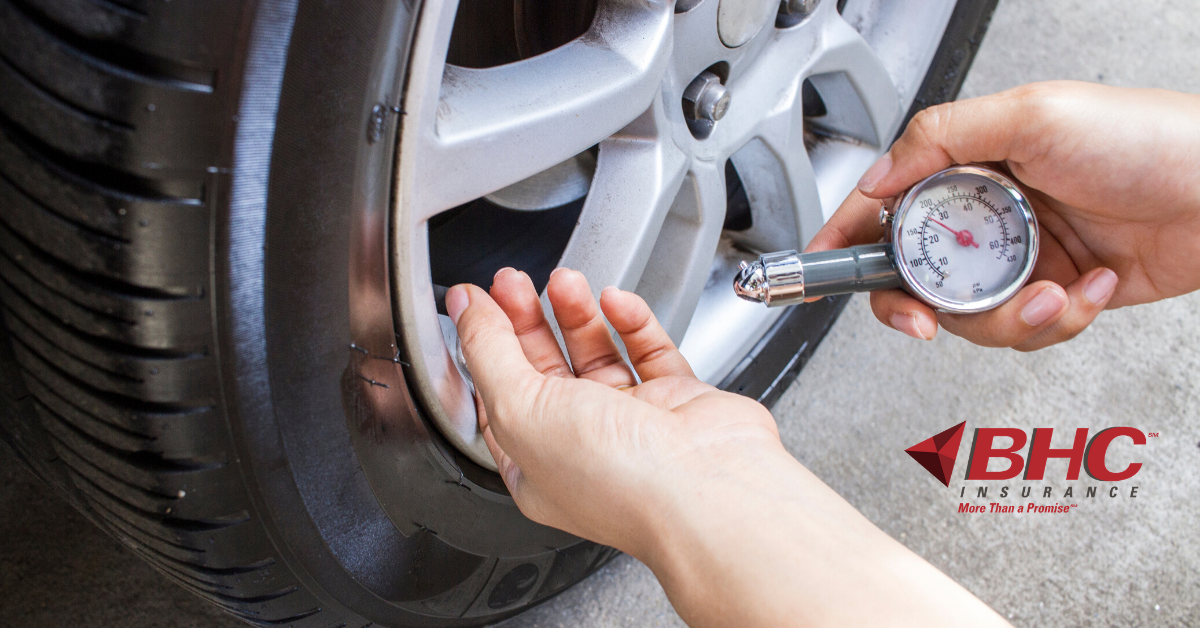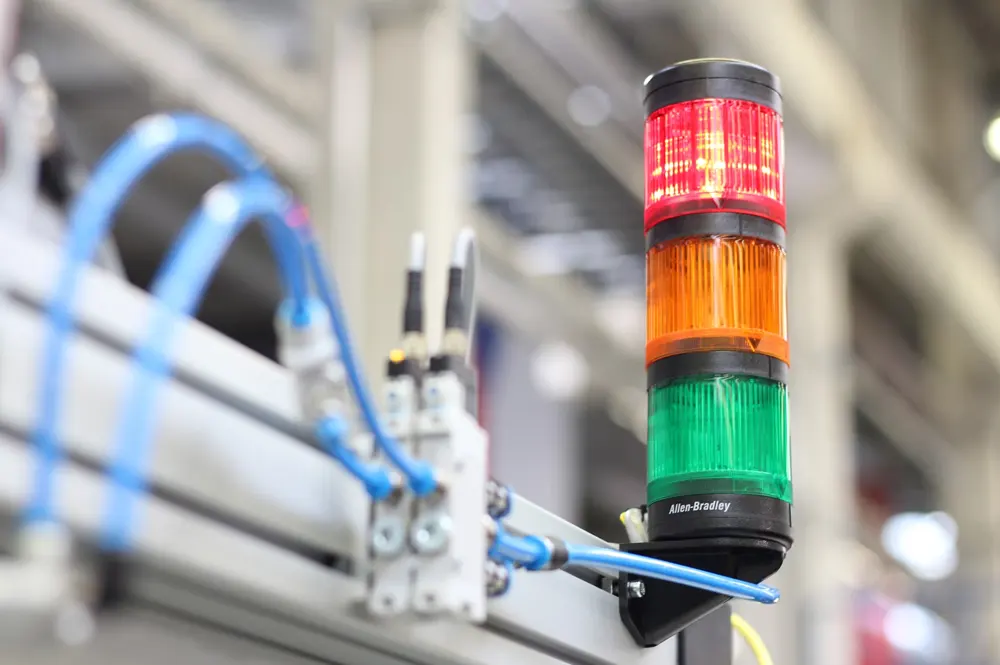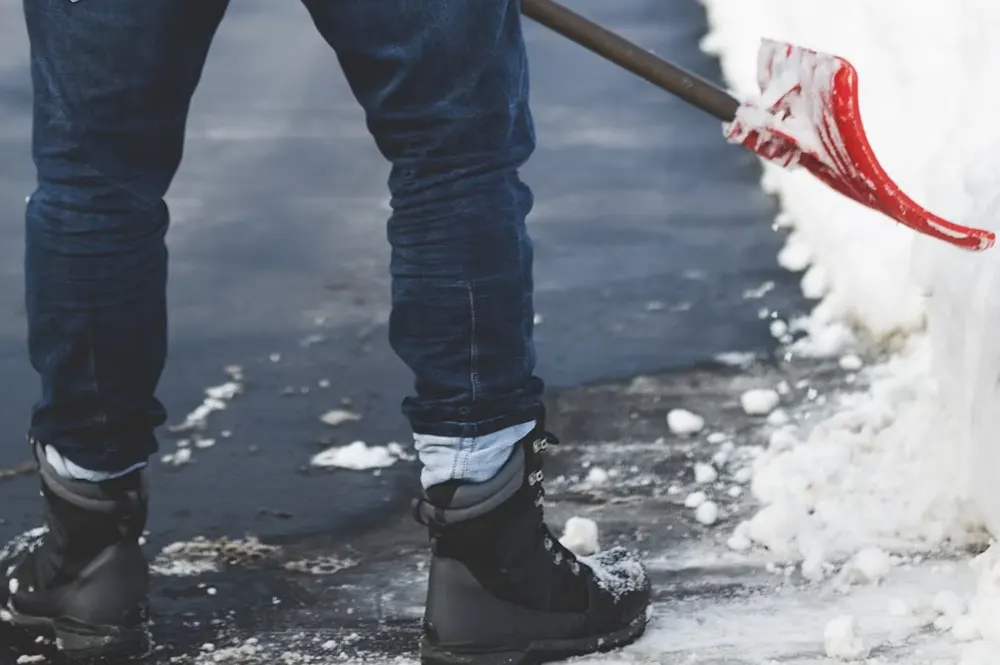When it comes to cars, there are a lot of things for us to maintain and pay attention to. But one important task that might slip through the cracks is keeping the correct tire pressure. Incorrect tire pressure can result in a number of different misfortunes, ranging from an inconvenience like a flat tire to a life-threatening situation like not being able to swerve or brake in time to avoid an accident.
Tire pressure can hit your wallet too—The Department of Transportation estimates that, every day, approximately five million gallons of gas are wasted due to incorrect tire inflation. Here are some tips for avoiding these situations:
- Check often—Tires are in a constant state of losing air. Cooling temperatures, altitude changes and road debris can all affect the rate at which your tires deflate, so make sure you don’t wait too long to check them.
- Know when to check—Tire manufacturers say that you should check tires when they are cold in order to get an accurate reading. Warmth will raise the pounds per square inch (PSI) reading, so measure before you start driving or at least three hours after.
- Know your target—Check the owner’s manual or look for a sticker on your vehicle that lists the correct tire pressure. The sticker is usually located on the inside of the driver’s door, in the glove box or inside the fuel door.








